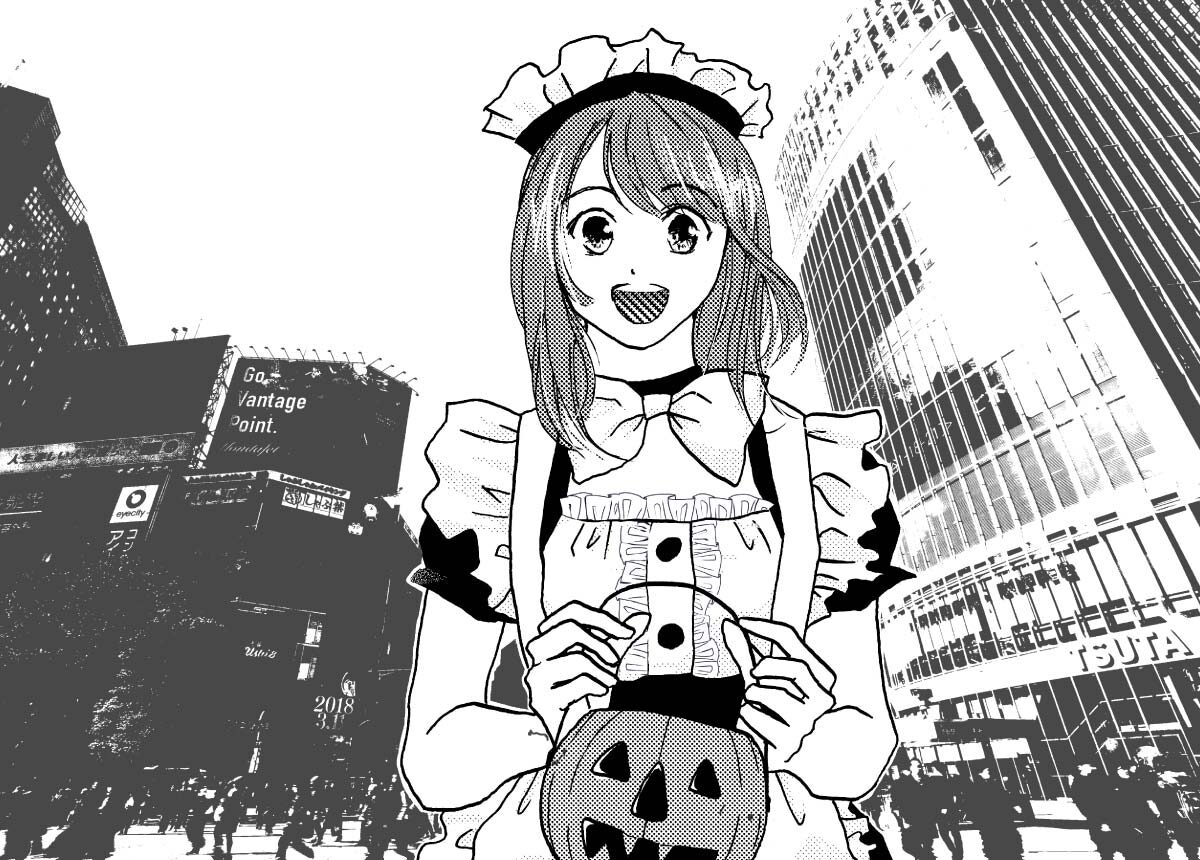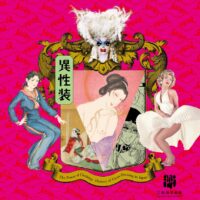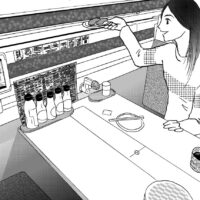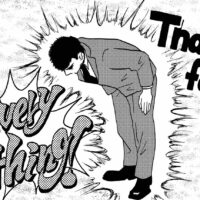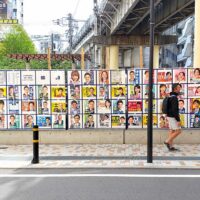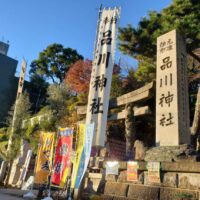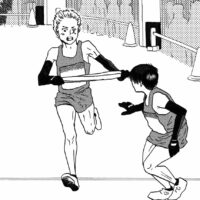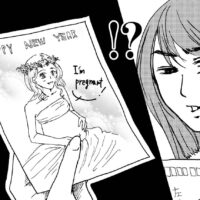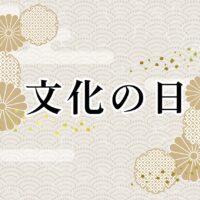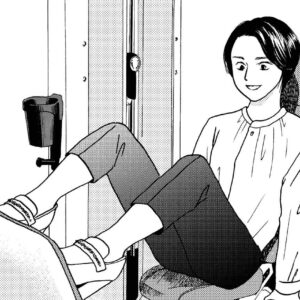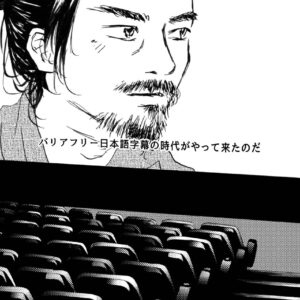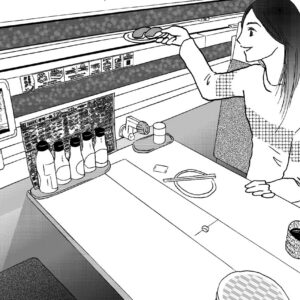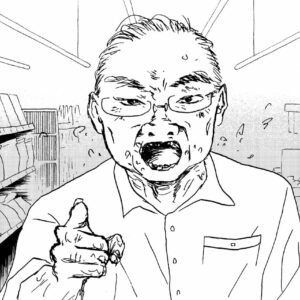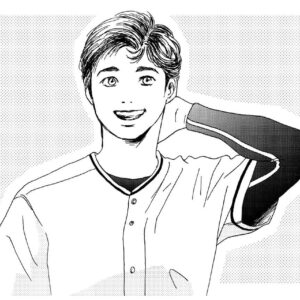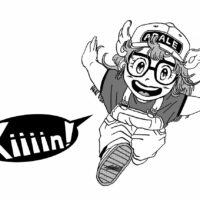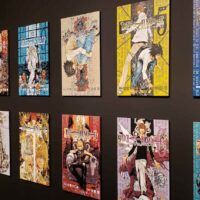Halloween season is here again this year but this event sometimes causes trouble to the community. It is true that for the last few years, Halloween event in which many young adults wear costumes and parade around downtown has been customary. Just as Christmas, Valentine’s Day, and the traditional Japanese holidays to honor the deceased had been commercially promoted, so too are companies promoting Halloween events in October, a particularly uneventful month.
There are two examples that causes public disturbance because of tolerating Halloween events.
One was young women photographed themselves at a theme park in what appeared to be underwear. The park announced on its official website, “We do not allow excessive exposure that is not appropriate for a park where children also visit. The other was a call by the railroad company for people not to board the train while in costume. That’s because, at the same time last year on a train operated by this railroad company, a man dressed as the villain “Joker” from Batman indiscriminately slashed at passengers. Many people who see people riding in costume on trains are reminded of random crimes.
Unlike Halloween for children, it is no exaggeration to say that Halloween for adults in Japan is “just dressing up in costumes and gathering together aimlessly. In fact, the most famous Halloween event in Shibuya, Japan, has no organizer, just people gathering at a location. Since Halloween events in Japan have a short history, specific rules should be formulated.
Here is the rulebook for the world’s largest nerd/otaku event, the Comic Market. This describes what to expect when an unspecified large number of people in costume gather for an event. It makes sense to learn from the rules when enjoying cosplay on Halloween safely and without accidents. We hope everyone shares the rules and that it will be a fun, safe, and enjoyable event.
(1)Before coming to the venue
Even today, when cosplay is more well-known than ever, people have different ideas about the appearance of people dressed as virtual characters on crowded commuter trains and in everyday spaces. In light of this, no one is allowed to come or leave the venue while dressed in cosplay attire. Even if you are coming by car or other means, use the changing rooms at the venue instead of changing in the car or coming from home. Restrooms in train stations, commercial buildings, coffee shops, and convenience stores are not not allowed for such use. (Conversely, cosplay is inappropriate for events that do not have changing rooms at the venue.)
(2)Behavior and prohibited items at the venue
Follow the hours when it is allowed by the organizer to use the venue. Take into account the time you have to move and change clothes. Do not occupy more space than you need and be willing to give and take. When taking photographs, please do so after confirming safety. Actions that may cause accidents, such as exposing the subject to strong light, are prohibited.
- Throwing, swinging, or kicking something or someone.
- Climbing on signs and equipment at the venue, jumping off high walls, etc.
- Distribution of flyers to an unspecified number of people
(3)Prohibitions and restrictions on costumes and items
Prohibited costumes
- Costumes that are too revealing and may be considered obscene (The private parts or underwear that is visible or transparent)
- Costumes likely to damage or deface equipment (Items with paint or liquid that has not dried)
Costumes with restrictions on wearing
All of these must be disassembled or removed during the move.
- Costumes exceeding either 2m in height or 1m in width (mechanical costumes or stuffed animals)
- Costumes that drag on the floor (long hemmed skirts and capes)
- Costumes that restrict visibility (helmets, masks, eye patches, and bandages. Remove them when moving)
- Costumes that are likely to cause injury to others (with sharp metal objects fixed to them)
- Occupational uniforms that involve administrative, operational, or business authority (e.g., police officers, firefighters, security guards, etc. A jacket must be worn over the costume while traveling).
- Items that imitate weapons (e.g., toy pistols, remove bullets, gas, batteries, etc. so they cannot be fired. Keep them in a bag or sack while on the move.)



